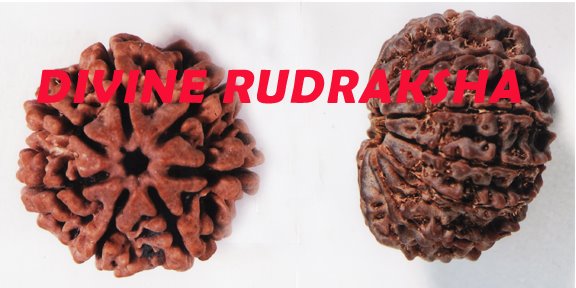Rudraksha beads, the holy beads scientifically called as Elaeocarpus Ganitrus. Rudraksha comes from Sanskrit word and literally stands for the "eyes of Lord Shiva"( means rudra=shiva, aksham=tear of an eye) .
Lord Shiva is an important deity of vedic age (125000yrs B.P.) and is depicted wearing rosary of Rudraksha beads in the icon of different historical era. So it reveals that the merit of Rudraksha are first realized by Shiva himself and handed over to benefit of later generation. This holy Rudraksha beads have been worn by the people of Nepal and India for thousand of years to maintain physical and mental health and to gain fearless life on their spiritual path to enlighten and liberation.
According to Srimaddevibhagavatam (the oldest holy books), it describe the origin of Rudraksha on its eleven chapter -VII khanda as follows:-
The exact phrase expelled during discussion of Rudraksha between Vishnu and Naradmuni Rishi.
In the process, for full divine one thousand years I remained awake with eyelids wide open thinking of Aghora weapon, the destroyer of all obstacles whereby the killing of Tripura might effect and the troubles of the devas be removed. There by my eyes were affected and the drops of tear came out of eyes.
O Son Kartikeya from those drops of tear coming out of my eyes, the great tree of Rudraksha did spring for the welfare of all Devas and mankind. This Rudraksha beads are of Twenty-Eight varieties. From my Surya Netra (my right eye) symbolizing the sun twelve varieties have come and my left eye representing the moon (the soma netra) sixteen varieties.
O Intelligent One! Wherever, whoever holds with or without faith and devotion this great Rudraksha will attain Rudrahood and freed from all sins; his religious merit is inexhaustible.
From then Rudraksha tree grown in Gauda Land , the favorite place of Lord Shiva ranging from the great Himalayan belt to southeast Asia. Although grown in many country like Nepal, India, Barma, Bhutan, Indonesia, it localizes mainly in Nepal.
Since then to bless the Shiva devotees, these Rudraksha beads were given to four varnas into Brahmin, Ksatriya, Vaisya and Sudra representing by their color white , red, yellow, black respectively. All people of any Varnas, men, women ,child can wear any color of rudraksha who is freed from sins and suffering and get bless from all Gods.
Botanical Description of Rudraksha:
According to the old mythological epic Shiv Purana, Rudraksha is the beloved tree of Lord Shiva. The Botanical Name of it is Elaeocarpus Ganitrus Roxb and belongs to the family Tiliaceae, the Lime family. Rudraksha is a large evergreen broad-leaved tree which grows in the area from the Gangetic Plain to the foothills of great Himalaya. This tree is a perennial means it grows all over the year and its height is about 50-200 feet. The stem of Rudraksha tree is cylindrical with a dirty white and coarse textured bark. Naturally top of the leafy of a Rudraksha tree obtains a pyramidal shape and is shinning green on the upper side with an uninteresting fibrous dorsal side.
The flowers of Rudraksha are white with fringed petals and they come into view in April-May. The fruits of Rudraksha come in June and ripen by August-October. Rudraksha are bulbous in shape with a fat outside. Rudraksha beads are enclosed by outer shell of blue color on fully ripening. Hence Rudraksha beads are also called as blueberry beads. This Bead is hard and tubercles inside it. The Rudraksha trees are occupies in the areas starting from Manila, Philippines and fleeting through Myanmar to whole North-East India, Bangladesh, Nepal and Bhutan. Presentably the Rudraksha tree is finding only in Eastern Nepal due to valuable and suitable climatic conditions. Rudraksha is growing in suitable climatic regions with temperature ranges of 25-30 degree centigrade. These trees start giving fruit after 7-years. Here is the percentage compositions of gaseous elements present in a Rudraksha is C-H-N which Analyze by Gas chromatography. These percentages are 50.031 % C, 0.95% N, 17.897% H and 30.53% O.
Subscribe to:
Post Comments (Atom)






No comments:
Post a Comment